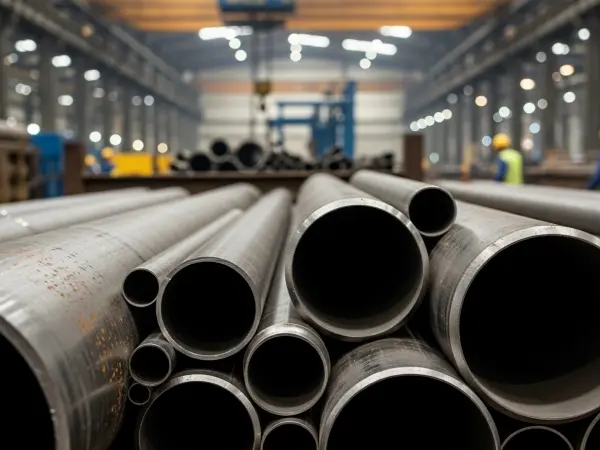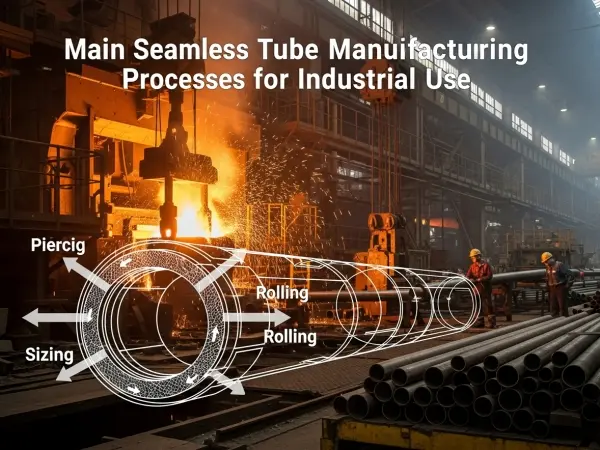
When selecting cryogenic pipes for extreme low-temperature applications (below -150°C), engineers face a critical decision: seamless or welded construction? The choice impacts safety, durability, and compliance with industry standards. This guide compares both types, highlighting their suitability for cryogenic pipe systems in LNG, aerospace, and industrial gas industries.
Cryogenic pipes must withstand ultra-low temperatures without becoming brittle or failing. Key considerations include:
· Material toughness (e.g., stainless steel 316L, 9% nickel steel)
· Structural integrity (no weak points for cracks to form)
· Compliance with standards (ASME B31.3, ASTM A312, A333)
✅ No weld seams – Eliminates weak points prone to cracking in extreme cold.
✅ Superior strength – Uniform structure resists high pressure and thermal stress.
✅ Preferred for critical applications – LNG transfer, liquid hydrogen, and oxygen systems.
❌ Higher cost – More expensive to manufacture than welded pipes.
❌ Limited sizes – Large diameters may be harder to source.
Best for:
· LNG terminals
· Cryogenic storage tanks
· High-pressure gas transport
✅ Cost-effective – Cheaper for large-diameter or low-pressure systems.
✅ Readily available – Easier to procure in custom sizes.
❌ Weld integrity risks – Poor welding can lead to cracks at low temps.
❌ Requires post-weld treatment – Must undergo solution annealing to relieve stress.
Best for:
· Secondary cryogenic lines (non-critical paths)
· Low-pressure liquid nitrogen/argon systems
· Structural supports in cryogenic plants
When choosing between seamless and welded cryogenic pipes, consider:
· Below -100°C? → Seamless is safer.
· Low-pressure systems? → Welded may suffice if properly treated.
· ASTM A312 (seamless stainless steel)
· ASTM A333 (welded low-temperature carbon steel)
· 100% RT (Radiography) or UT (Ultrasonic Testing) for welded joints.
· Charpy Impact Test to verify toughness at cryogenic temps.

For cryogenic pipe systems, seamless pipes are the gold standard in extreme environments, while welded pipes can be a cost-effective alternative for less critical applications—if rigorously tested. Always prioritize material certification and non-destructive testing (NDT) to ensure safety.
Need assistance selecting cryogenic pipes? Contact our experts to find the ideal solution for your project’s temperature, pressure, and compliance requirements.


